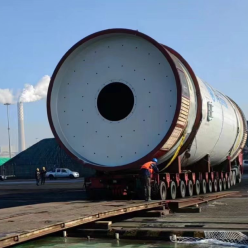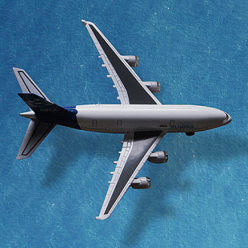Mission Impossible: A Special Logistics Journey of Air Cargo Across the War Zone
1 The Mission
Today, NCL was presented with an extraordinary logistics challenge. Transporting 28 tons of Outdoor power supplies from China to Ukraine, amidst the ongoing global conflict, required overcoming three major obstacles: route selection, war zone risks, and urgent time constraints. Each of these challenges demanded meticulous planning and execution, combined with significant uncertainties and risks.

Route selection was the first major hurdle. The conflict had disrupted direct flights between China and Ukraine, making a simple, direct route impossible. Instead, a multi-leg journey through intermediary countries became necessary, significantly complicating the logistics.
This required a deep understanding of each country’s regulations and transportation networks.
Coordinating air, land, and sea transport across different regions while adhering to a tight schedule became a core challenge of the mission.

War zone risks posed another critical threat. Delivering to an active conflict zone like Ukraine involved navigating significant security risks for both the goods and the personnel involved. This was especially true given the high value of the cargo—28 tons of Outdoor power supplies worth $2.25 million. Any delay, damage, or loss could result in severe financial and operational consequences. Further complicating the situation, no insurer was willing to provide full coverage due to the extreme risks associated with the war zone. As a result, a carefully planned route and security measures were essential to minimize exposure to potential threats and ensure the safe delivery of the shipment.

Time constraints added an urgent dimension to the mission, as this was not just a regular delivery.
The goods were essential for Ukraine during a time of crisis, where delays in receiving crucial supplies could impact both business operations and daily life for the people in the war-affected region. The client required the full shipment—138 pallets occupying 196 cubic meters—to be delivered in one go, and any delay would hinder efforts to support the Ukrainian population. Coordinating substantial transport resources under such urgent circumstances, while ensuring that all logistics aligned perfectly, became a race against time, with no room for error.
 CN
CN EN
EN

 Shenzhen,China
Shenzhen,China















